Step into any kid’s bedroom in the ’70s, and you’d find a time capsule of groovy goodness that would make today’s minimalist parents gasp. From lava lamps to blacklight posters, our rooms were shrines to pop culture and personal expression—often with Mom and Dad’s disapproving sighs as the soundtrack. Let’s take a nostalgic journey through those cluttered, colorful spaces that defined a generation.
1. Shag Carpet
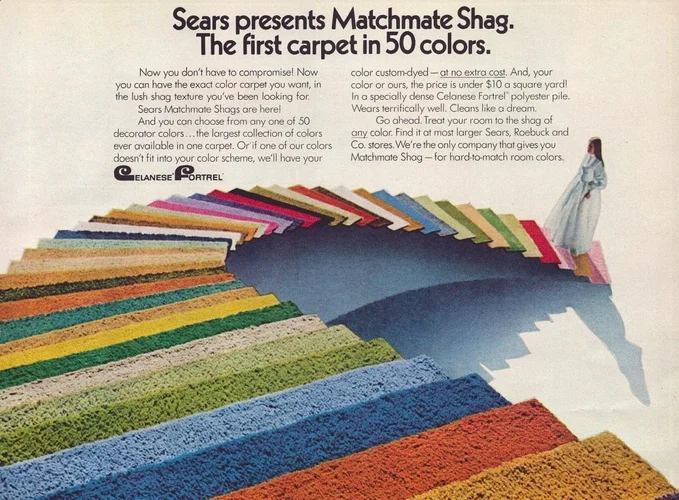
Nothing said ’70s like wall-to-wall shag carpeting in colors like avocado green, harvest gold, or burnt orange. This ultra-deep pile carpet served as the perfect surface for lying on the floor to do homework or watch TV. It also became a treacherous landscape where Lego pieces vanished forever, and finding a dropped earring required archaeological skills. The Guardian reports that shag carpeting is in the midst of a comeback, so nostalgic designers can rejoice.
The carpet was so thick that vacuuming often required multiple passes, if anyone bothered to vacuum at all. Eventually, those long fibers would mat down in high-traffic areas, creating patterns that looked like crop circles. And who could forget that distinctive musty smell after someone spilled a glass of Tang?
2. Beanbag Chair
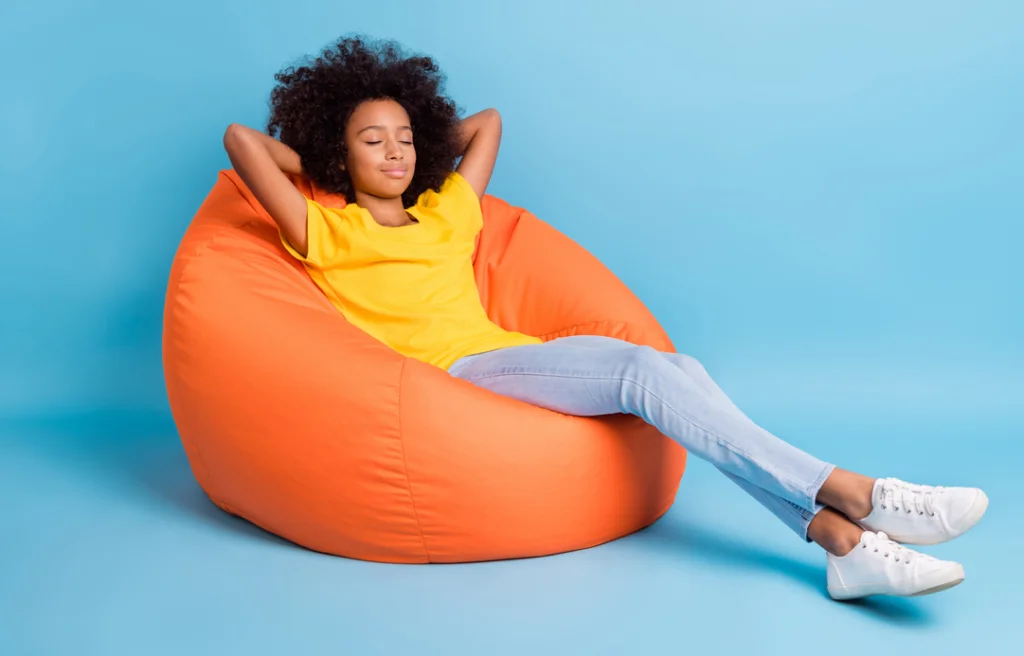
These amorphous blobs of vinyl-covered comfort represented the ultimate in casual seating. Available in every color imaginable (though burnt orange and avocado green were particularly popular), beanbags molded perfectly to your body. They were ideal for reading Tiger Beat magazine or watching afterschool specials. Architectural Digest reveals that the bean bag has a pretty radical history for something so cushioned.
Over time, the beans inside would compress and leak, leaving you sitting essentially on the floor with a vinyl wrapper around you. But that didn’t matter—the cool factor outweighed any discomfort. Besides, they doubled as impromptu wrestling props during sleepovers.
3. Lava Lamp
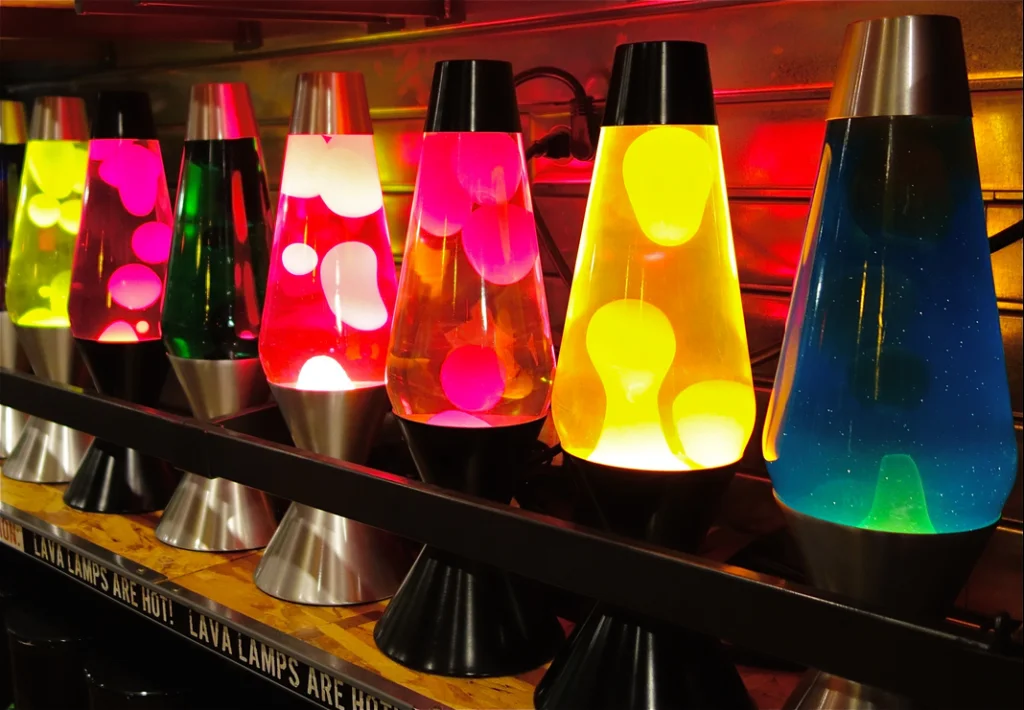
The hypnotic bubble dance of a lava lamp provided endless entertainment and served as the ultimate mood lighting. Watching those blobs of wax slowly rise and fall could occupy hours, especially during contemplative moments or late-night conversations. The heat from the bulb created a perpetual motion show that never got old. According to The New York Times reports that lava lamps could be in the midst of a comeback, so things are about to get groovy.
Most lava lamps came in classic combinations like yellow wax in blue liquid or red in purple, though exotic variations existed. They took forever to warm up, sometimes requiring an hour before achieving optimal blob action, but once they got going, they created an atmosphere of mellow sophistication—at least to a 12-year-old.
4. Blacklight Posters

These psychedelic masterpieces glowed under ultraviolet light, transforming ordinary bedrooms into trippy wonderlands. Whether it was a fluorescent dragon, a peace sign, or a mushroom-laden fantasy scene, these posters turned every night into a mini light show. The coolest kids had entire walls covered in these visual experiences.
During the day, they looked garish under regular light, but come nighttime, they created that perfect atmosphere for listening to Led Zeppelin or talking on the phone. Some posters even featured phrases like “Keep on Truckin'” or signs of the zodiac, connecting us to the counterculture that trickled down from the ’60s.
5. Record Player and Vinyl Collection
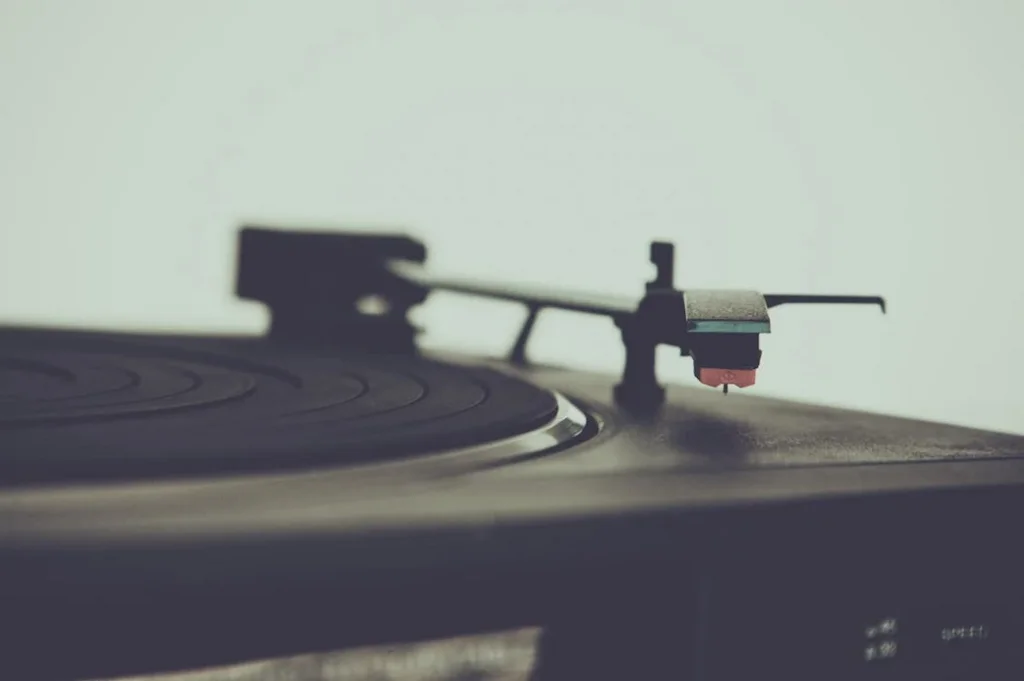
The centerpiece of many bedrooms was a portable record player, often in a suitcase-style case. Kids would spend hours organizing their vinyl collection, from 45s with their plastic center adapters to full albums that cost a whopping $3.99. The ritual of dropping the needle and hoping you landed on the right song was practically sacred.
Record collections revealed your musical identity—whether you were into The Jackson 5, The Osmonds, or early punk rock. Those album covers became art pieces themselves, often taped to walls or propped on shelves. And who could forget the frustration of a skip that forever associated a song with “and I-I-I-I-I-I…”?
6. Tiger Beat and Teen Magazines
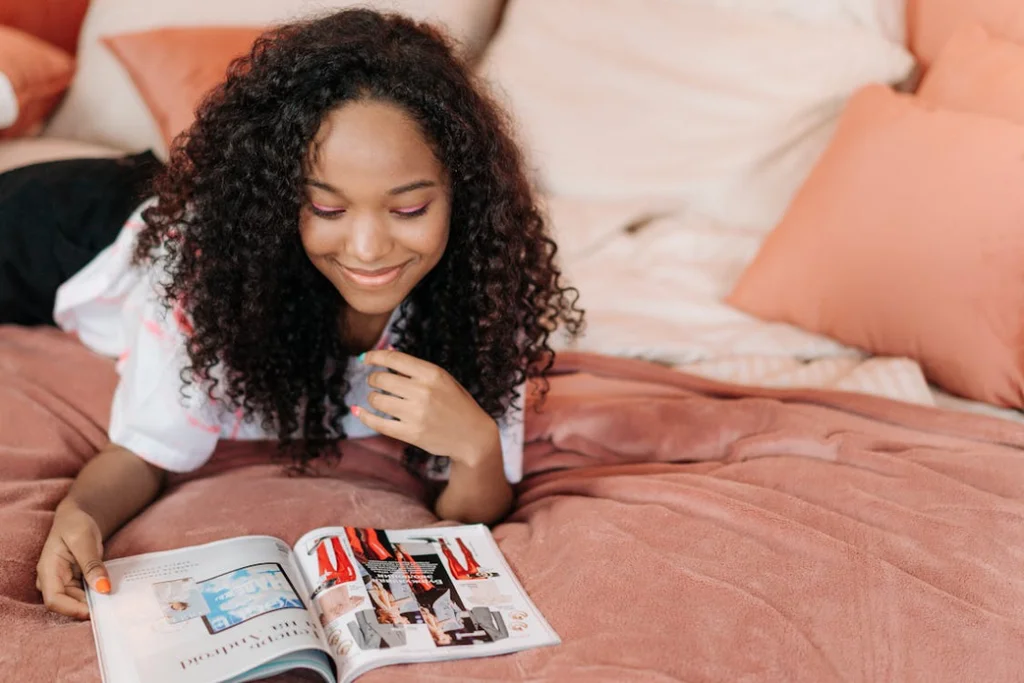
Every ’70s bedroom housed stacks of magazines featuring heartthrobs like David Cassidy, Donny Osmond, and Leif Garrett. These glossy publications served as windows into the lives of teen idols, complete with pull-out posters that soon decorated every available wall space. The magazines also offered quizzes to determine your perfect celebrity boyfriend.
Articles promised insider information about your favorite stars, though most content consisted of fabricated quotes and staged photos. Still, these magazines formed the basis of countless sleepover discussions and were traded like currency among friends. The well-worn issues often ended up with pages stuck together from spilled soda or tear stains.
7. Panasonic Ball Radio

This spherical wonder, also known as the “radio ball” or “space ball,” combined futuristic design with functional AM radio reception. The ball could be opened to form a stand, or kept closed for a space-age look on your nightstand. Its rounded design made it perfect for rolling across the room when you couldn’t reach the volume dial.
Available in bright colors like orange, yellow, and white, these radios became icons of ’70s design. They allowed kids to tune into Casey Kasem counting down the Top 40 or listen to baseball games under the covers at night. The tinny speaker and occasional static only added to the experience.
8. Mood Ring
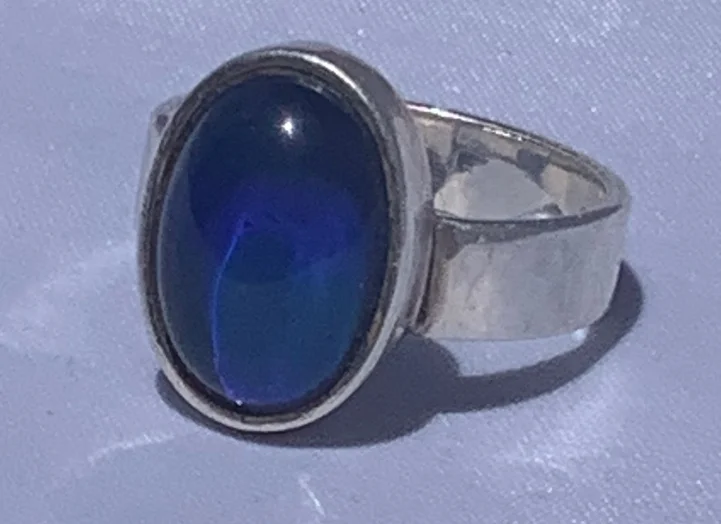
These color-changing accessories promised to reveal your innermost feelings through mystical temperature technology. Blue meant calm, green meant normal, and black supposedly indicated stress or anxiety. Kids would spend hours watching their rings change colors, creating theories about what each subtle shift meant.
The science was simple—liquid crystals responding to body temperature—but the allure was magical. Mood rings often came with charts explaining each color’s meaning, which varied depending on the manufacturer. While the colors eventually stopped changing after too many hand-washings, their cultural impact endured.
9. Macramé Plant Hangers
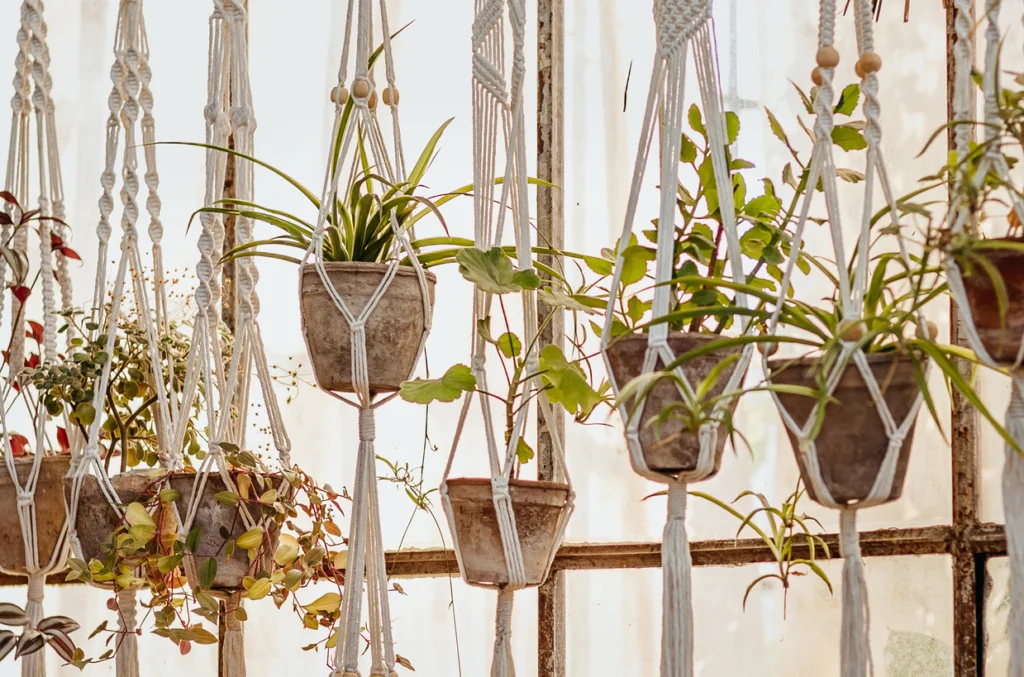
These knotted creations hung from ceiling hooks, suspending spider plants, ferns, or Swedish ivy in elaborate rope cradles. Made from thick jute or cotton cord, macramé represented the handcrafted aesthetic of the ’70s. Many kids learned to make their own in art class or from craft books.
The plants inevitably died from overwatering or neglect, but the macramé hangers remained, often repurposed to hold stuffed animals or other treasures. These hanging gardens added a touch of bohemian flair to bedrooms otherwise dominated by mass-produced pop culture items.
10. Pong Console

For the lucky few, a Pong console connected to a portable TV offered primitive but addictive video game entertainment. The simple tennis-like game consisted of two paddles and a square “ball” bouncing between them. Hours could disappear trying to achieve the perfect angle to defeat your opponent.
The constant “boop” sound and the challenge of getting the right setting on the TV made this a technical as well as an entertainment achievement. Those chunky paddles with their rotating dials became extensions of your hands during intense battles with siblings or friends.
11. Pet Rock

The ultimate ’70s fad, these ordinary rocks came in boxes with breathing holes and instruction manuals. Kids would name their rocks, paint faces on them, and create elaborate backstories for these undemanding pets. They sat on shelves or desks, staring blankly at homework assignments and bedroom drama.
While adults scratched their heads at paying for a rock, kids understood the appeal of a pet that required no feeding, walking, or cleanup. The rock’s simplicity allowed for maximum imagination, and many rocks developed complex personalities through the stories their owners created.
12. Mood Lighting Accessories
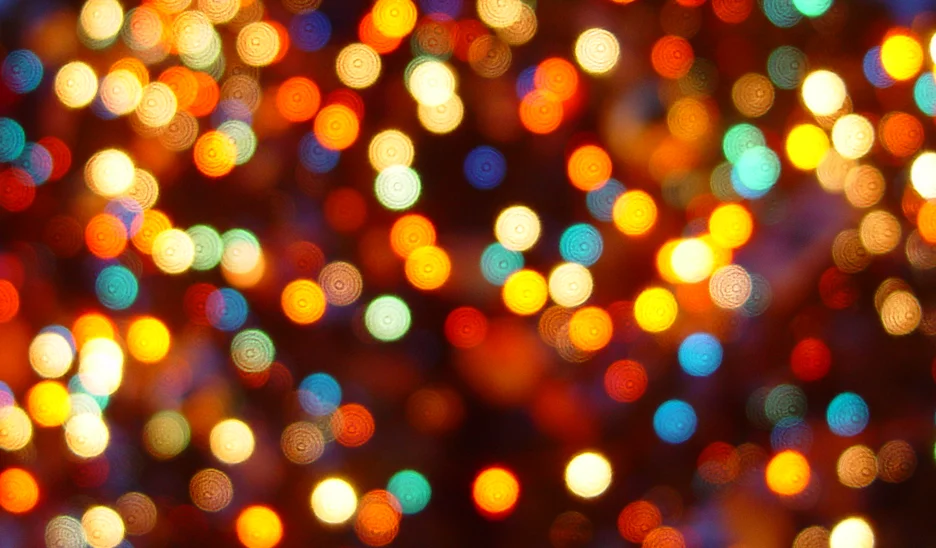
Besides lava lamps and blacklights, ’70s bedrooms featured an array of ambient lighting options. Paper lanterns cast soft glows, while strobe lights turned any gathering into a disco. String lights with colored bulbs created party atmospheres, and fiber optic lamps provided endlessly fascinating light shows.
These lighting choices transformed ordinary bedrooms into personalized sanctuaries. The goal was to create environments that felt separate from the rest of the house—spaces where kids could express their emerging identities through light, color, and controlled chaos.
Walking into a ’70s kid’s bedroom was like entering a different dimension—one where every surface displayed personality and parents’ rules about matching decor held no sway. These rooms weren’t just sleeping quarters; they were laboratories of self-expression where we learned who we were and who we wanted to become, surrounded by shag carpet and the warm glow of a lava lamp.


